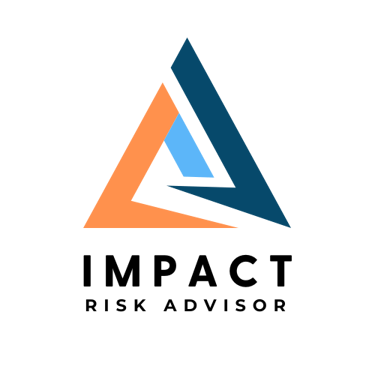Third-Party Risk Evaluation: Why It Matters More Than Ever
As organizations increasingly rely on external vendors for key operations, third-party risk has become a major concern.
5/9/20252 min read


As organizations increasingly rely on external vendors for key operations, third-party risk has become a major concern. Outsourcing can drive efficiency and reduce costs, but it also introduces new risks, including data breaches, regulatory penalties, and supply chain disruptions. Effective third-party risk management ensures that vendor partnerships support security, compliance, and operational stability.
What Is Third-Party Risk Evaluation?
Third-party risk evaluation is the process of assessing external vendors to understand their impact on your organization’s compliance, security, and business continuity. Since many vendors have access to systems or sensitive data, this evaluation helps identify risks before they become liabilities. A structured risk assessment process is the foundation of a strong vendor management strategy.
Key Functions of Third-Party Risk Assessors
1.Risk Identification and Categorization
Assessors begin by identifying all vendors and classifying them based on the level of risk they present. Vendors with access to sensitive data or critical systems receive a more detailed review. This prioritization allows organizations to allocate oversight resources where they are most needed.
2.Regulatory Compliance Review
Assessors determine whether vendors meet relevant regulatory and security standards such as HIPAA, GDPR, SOC 2, and ISO 27001. This includes reviewing certifications, data handling practices, and security controls. Confirming compliance reduces legal and reputational risks and strengthens stakeholder trust.
3.Ongoing Monitoring and Risk Updates
Vendor risk evolves over time. Assessors implement continuous monitoring to identify new risks, track incidents, and update vendor risk profiles. This approach enables organizations to respond quickly to emerging issues and ensures vendors remain aligned with current requirements.
4.Risk Mitigation and Recommendations
In addition to identifying risks, assessors offer actionable recommendations. These may include contract updates, implementing new security controls, or replacing non-compliant vendors. Strategic guidance helps organizations reduce exposure and maintain strong vendor relationships.
Why Choose IMPACT Risk Advisors?
IMPACT Risk Advisors delivers expert third-party risk assessment services focused on security, compliance, and operational resilience. Our team conducts comprehensive evaluations, provides tailored solutions, and supports continuous vendor monitoring. We help organizations build and maintain secure third-party relationships using practical, proven methods.
Conclusion
Third-party risk evaluation is essential for protecting your organization from vendor-related vulnerabilities. With informed assessments and proactive risk mitigation, businesses can ensure that their third-party relationships support their compliance, security, and operational goals. A strong risk management strategy promotes business continuity and safeguards critical operations.
